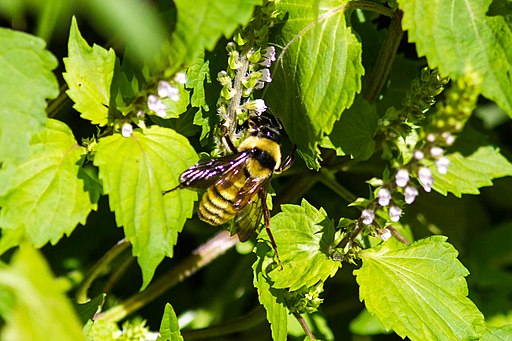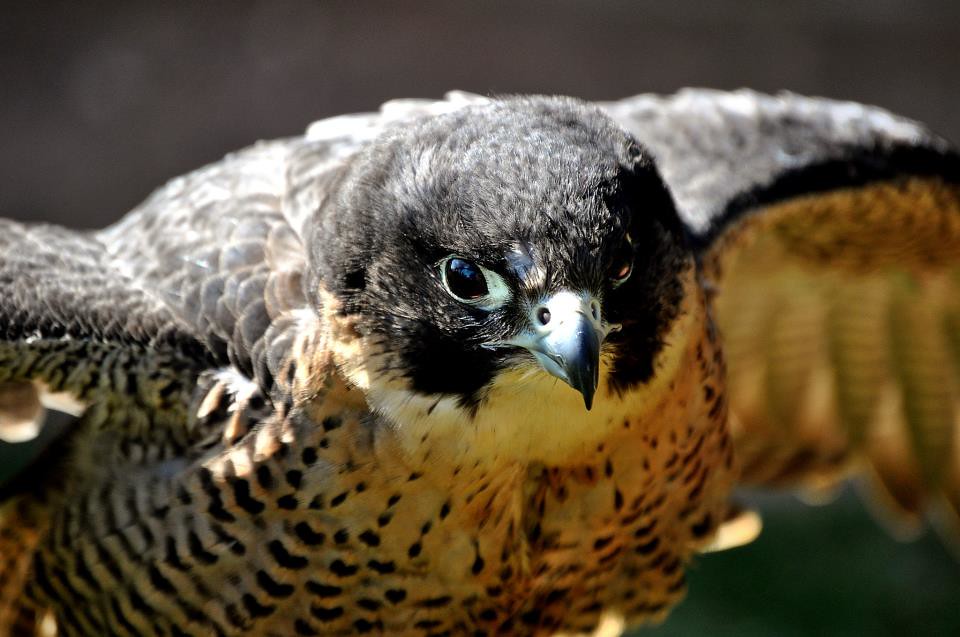Brian Ratcliff is a biologist who heads up the peregrine falcon program with Thunder Bay Field Naturalists. He’s been tracking the slow re-establishment of the raptor for more than 30 years, surveying them annually using a helicopter and a team of climbers to monitor cliff faces, count nesting sites and band hatchlings. Much of his work has centred around Thunder Bay and along the north shore of Lake Superior, an area that is home to the majority of Ontario’s peregrines.
“The comeback of the peregrine is a success story, and the bird has been a poster child for species at risk,” said Ratcliff. And that was before the provincial Endangered Species Act (ESA) came into effect to protect not only peregrines, but other animals and plants and their habitats as well.
You may unsubscribe from any of our newsletters at any time.
Despite the raptor’s recovery, Ratcliff warned that the bird is still listed as special concern. Monitoring needs to continue, on an annual basis as well as on a broader, province-wide scale where data sets are gathered every five years. But he recently found out there is no provincial money to carry out the annual assessment this summer. And the more extensive 2020 survey could itself become a species at risk if the Doug Ford government nixes funding for it, too.
Proposed changes to the Endangered Species Act, released by the province on April 18, veer far from its original intention. When enacted, it was held up by many as a gold standard for how to protect vulnerable species — from bumblebees to polar bears — and their habitats from industrial development, such as mining and forestry. With the changes, developers and industry would be allowed to pay a fee to a new trust fund instead of protecting animal and plant species and their habitats.
The proposal would also remove the automatic protection of species listed as threatened or endangered and open the door to political influence in species-at-risk decisions. “The changes to the ESA are extremely concerning,” said Kelsey Scarfone, the water programs manager for the non-profit Environmental Defence. “We are in the middle of a biodiversity crisis, with more than 60 percent of all species worldwide going extinct in the past 40 years. This proposal sends a clear message that business comes first, species come second. It shows a complete willingness to bend to industry pressure.”
The changes — posted by the Ministry of the Environment, Conservation and Parks and open for public comment under the Environmental Registry of Ontario until midnight on May 18 — are the result of the first-ever review of the ESA since its implementation in 2008. The revisions started with a discussion paper posted in January and followed by a public consultation period, and then the review that led to the proposal posted on Thursday.
“The scariest component by far is the creation of a conservation trust that will allow businesses to pay a fee to carry out development in ecologically sensitive areas, letting them buy their way out of species and habitat protections,” Scarfone said. The payment to the proposed Species at Risk Conservation Trust is already being referred to as a “pay-to-kill” provision by some critics.
“The act as it currently stands doesn’t adequately protect species at risk.”
“If companies can pay to ignore species-protection laws, then that’s what’s going to happen, and species at risk will be the ones paying the ultimate price,” said Josh Ginsberg, a lawyer for Ecojustice, Canada’s largest environmental law charity.
Starting in 2013, the ESA was systematically undermined by the Liberal government that put it in place by allowing loopholes that favoured business over species protection, said Scarfone. Add to that a lack of resources to enforce and manage the act. And now, Environmental Defence, Ecojustice and other organizations believe the Conservative government’s proposed changes amount to dangerous revisions that effectively gut the ESA altogether.
They have some key concerns, including ministers getting discretionary powers to overrule protections that are seen to hinder economic development. Species such as the grey fox, that are vulnerable in Ontario but are doing well outside the province, might be stripped of protections under the new changes. Another worry is the removal of red tape to speed up the approval process for corporations to develop in environmentally vulnerable areas.
“The intent of the ESA is to protect species, not further swing the pendulum towards allowing industry a free pass,” said Ginsberg in an interview before the proposed changes were announced. “The act as it currently stands doesn’t adequately protect species at risk. Industries such as forestry, mining and mineral exploration already have broad exemptions from protecting the habitat of endangered species.”
In Ontario, the species-at-risk list currently includes 243 plants and animals. The Committee on the Status of Species at Risk in Ontario (COSSARO) determines which plants and animals end up on the list and is composed of scientists and Indigenous people with traditional knowledge. It is also independent of government.
The ESA sets out specific responsibilities for COSSARO, such as maintaining assessment criteria, keeping a list of species that need to be monitored and filing reports to the Ministry of Natural Resources and Forestry. Plants, animals and insects are categorized in four risk groups: extirpated (gone from the wild), endangered, threatened and special concern. (On a national level, the Committee on the Status of Endangered Wildlife in Canada, COSEWIC, does the same for the federal Species at Risk Act.)
COSSARO meets twice a year, sifting through scientific information and reports from the Ministry of Natural Resources and Forestry and from environmental and community organizations to decide which species to assess. These groups might have observed a decrease in the number of a particular plant in an area, or they might have seen a boost in the population of a given bird. This spring, eight different species are on the committee’s assessment-priority list, including the polar bear (threatened), the wood turtle (endangered) and the American bumblebee (not yet assessed).

Under the proposed ESA changes, COSSARO membership would be opened up to non-scientific bodies, such as ecology and wildlife management groups that have what the government refers to as “community knowledge.” “What does that mean?” asked Scarfone. She’s concerned those members may not care about species at risk, may not operate based on scientific or empirical data, or may not favour timelines needed to properly assess a species before granting development permits.
Moreover, as of the publication of the 2017 Environmental Protection Report, the Ministry of Natural Resources and Forestry had never denied a permit to authorize activities that threaten species at risk.
In fact, in Ontario, the number of species at risk has increased from 183 to 243 during the lifetime of — and despite the existence of — the ESA. That’s why critics of the proposed changes argue the act must not be further weakened. “At a time when wildlife is in crisis, we need to restore wildlife and their habitats, not cut a cheque and send in the bulldozers,” said Shane Moffatt, the head of Greenpeace Canada’s forest campaign. “The [Species at Risk Conservation Trust] is not a substitute for protecting species, and it cannot be an excuse for inaction,” he said. Like Scarfone, Moffatt is also concerned about the change that would allow the opting out of established species protections, as with the “edge of range” clause in which an animal that is at risk in Ontario but not outside the province could be stripped of its protection status.
Moffatt also questioned the un-Canadianness of the proposed changes. “Where would we be if everyone took this approach? In our lifetime, more than half of all wildlife has been wiped out, so species protection is essential — to all life,” he said, referring to the broader, complex ecology that sustains everything from bumblebees to humans. “When the government announced in January that it would review the ESA ’to increase efficiencies for business,’ we knew it was the wrong move,” Moffatt said. “Doug Ford doesn’t understand the crisis we’re facing,” he said, but adds that it’s not too late to act. He urged citizens to contact their local MPPs to voice their concerns. “Don’t let the government get away with this — sign petitions, share this news, and be part of the conversation.”
Scarfone agrees that making noise that the politicians will hear is critical right now. She compares the potential outcome of opposition to the proposed changes to the flood of public concern over legislation that could have allowed development in the province’s Greenbelt, from which the Ford government backed down. “Like the changes to the Endangered Species Act, Bill 66 was at the proposal stage when the public rejected it,” she said. “Now, we need to let the Ontario government know that our Ontario is open for the environment.”
This story has been updated since publication with comments from Greenpeace Canada and Ecojustice. A previous version also stated that the number of species at risk increased from 143 to 243 during the existence of the ESA, that number is 183. This version has been corrected.
For more of Broadview’s award-winning content, subscribe to the magazine today.















Changes that reduce protection of endangered species represents crimes against humanity!!
It’s a Capital Crime and Doug Fords legacy!